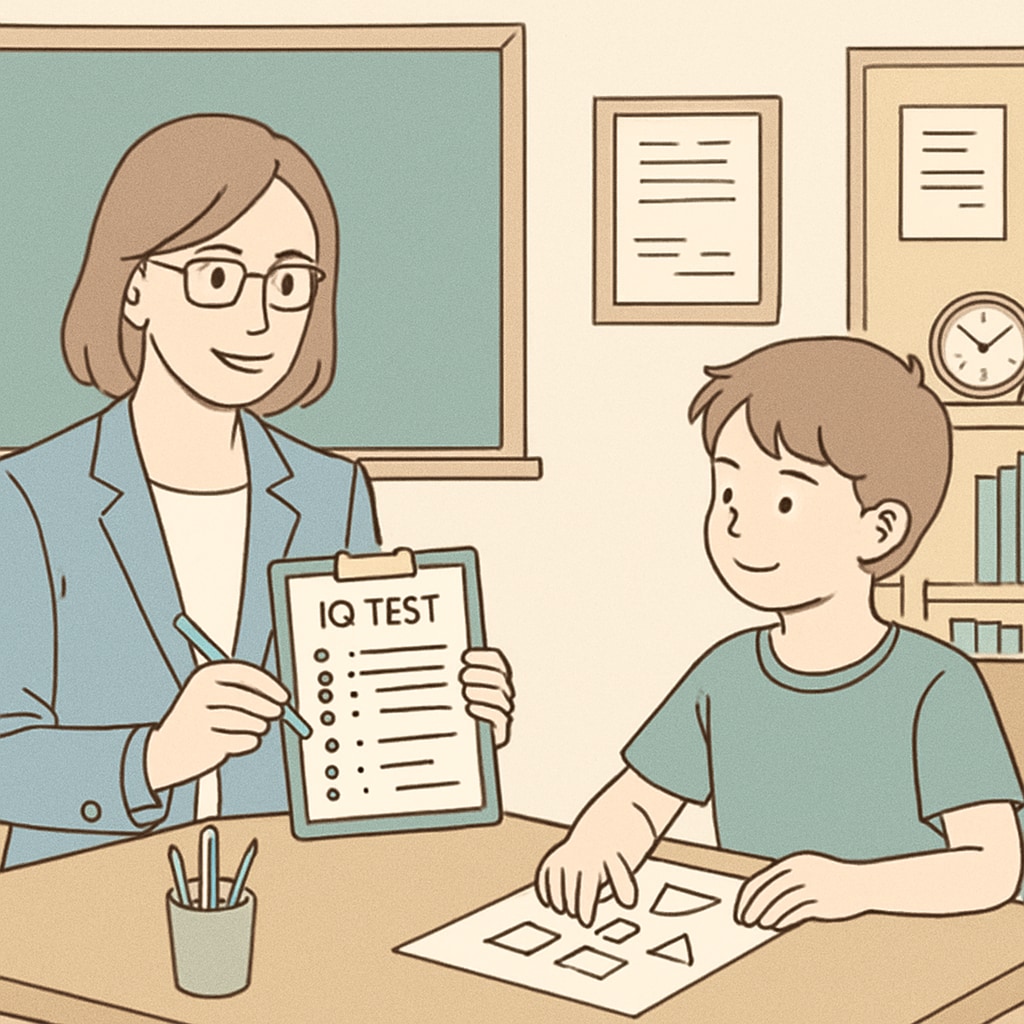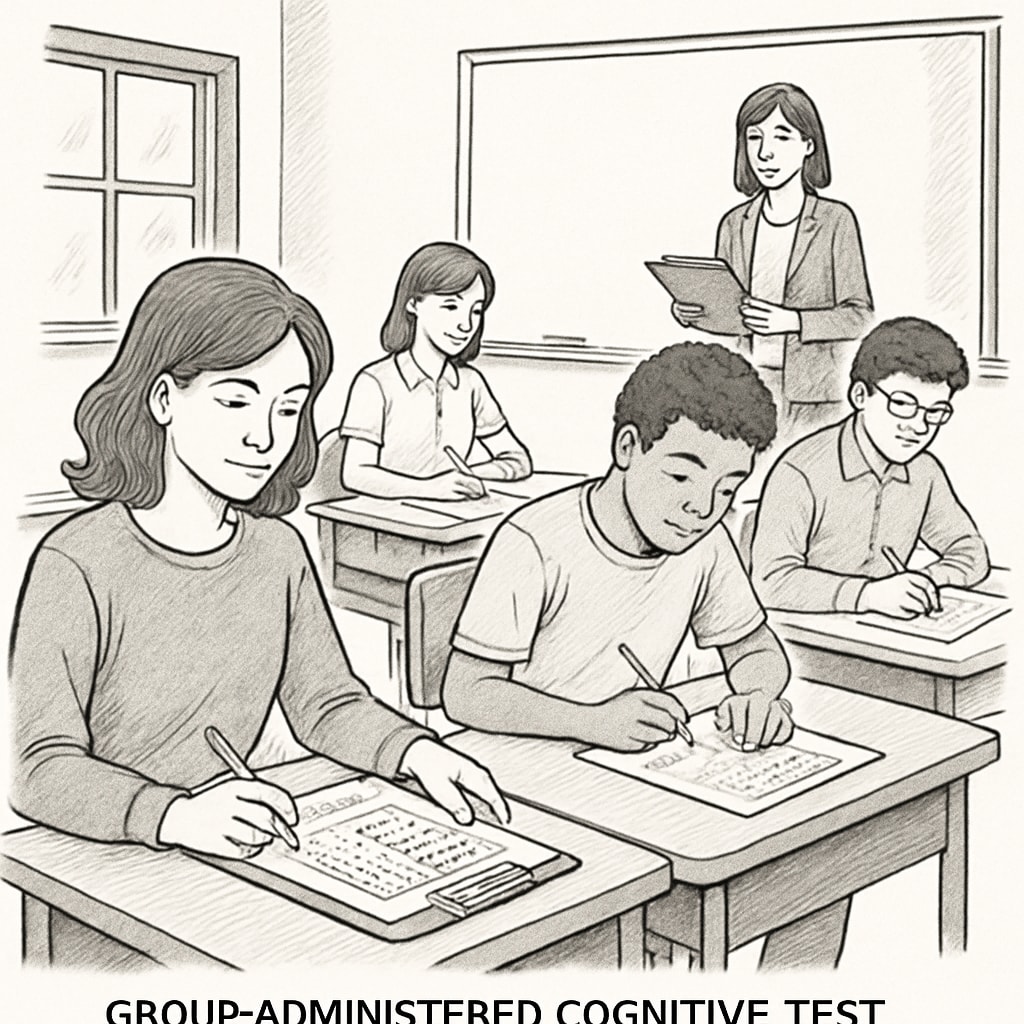Identifying and fostering the potential of gifted children requires accurate and reliable evaluation methods. Among these, IQ tests are considered some of the most effective tools. This article explores the most authoritative IQ tests used for assessing gifted children, including the Wechsler Intelligence Scale for Children (WISC), the Cognitive Abilities Test (CogAT), and the Stanford-Binet Intelligence Scales. By understanding their unique characteristics, applications, and limitations, parents and educators can make informed decisions to support a child’s development effectively.
Overview of IQ Tests for Gifted Children
IQ tests are standardized tools designed to measure a range of cognitive abilities, offering insights into a child’s intellectual potential. For gifted children, these tests serve as the foundation for identifying exceptional abilities and tailoring educational strategies. Each test comes with its own methodology, scoring system, and areas of focus, making it crucial to choose the right one based on the child’s needs and context.

The Wechsler Intelligence Scale for Children (WISC)
The WISC is one of the most widely used IQ tests for children aged 6 to 16. Developed by David Wechsler, this test evaluates a broad spectrum of cognitive domains, including verbal comprehension, working memory, and processing speed. It is particularly effective in identifying both strengths and weaknesses across these areas, making it ideal for creating individualized learning plans.
- Strengths: Comprehensive evaluation, detailed subtest scores, widely recognized by schools and psychologists.
- Limitations: Lengthy administration time, requires trained professionals, less focus on creative or non-verbal abilities.
As a result, the WISC is a popular choice for identifying children who may excel in traditional academic settings. More details about the WISC can be found in this Wikipedia article on the WISC.
The Cognitive Abilities Test (CogAT)
The CogAT is another widely used test, focusing on reasoning and problem-solving skills in three areas: verbal, quantitative, and non-verbal. Unlike the WISC, the CogAT emphasizes group testing and is commonly used by schools to identify students for gifted and talented programs.
- Strengths: Suitable for large-scale screening, less time-intensive, assesses multiple reasoning skills.
- Limitations: Less detailed individual analysis, not a pure measure of IQ, may disadvantage non-native speakers.
Due to its adaptability and efficiency, the CogAT is often employed in educational contexts where quick identification of gifted children is necessary.

Stanford-Binet Intelligence Scales
The Stanford-Binet Intelligence Scales are among the oldest and most respected IQ tests, covering a wide age range from toddlers to adults. This test is renowned for its precision in measuring high-level cognitive abilities, making it particularly useful for identifying profoundly gifted children.
- Strengths: Exceptional for measuring advanced intellectual abilities, adaptive testing format, broad age applicability.
- Limitations: High cost, requires extensive training for administration, time-consuming.
The Stanford-Binet’s versatility makes it a standout choice for children with extraordinary abilities, as highlighted in the Britannica entry on Stanford-Binet.
Choosing the Right Test
The selection of an appropriate IQ test depends on several factors, including the child’s age, specific abilities, and the purpose of the evaluation. For instance:
- If precision is key: The Stanford-Binet excels in identifying highly gifted children.
- For academic placement: The CogAT offers an efficient way to assess students in a school setting.
- For a detailed cognitive profile: The WISC provides a comprehensive breakdown of strengths and weaknesses.
It’s essential to involve trained professionals in the evaluation process to ensure accurate results and meaningful interpretations.
Conclusion
Understanding and nurturing the unique talents of gifted children begins with accurate assessment. The WISC, CogAT, and Stanford-Binet are among the most authoritative tools available, each with distinct advantages and limitations. By selecting the test that aligns best with the child’s needs, parents and educators can pave the way for tailored learning experiences and optimal growth. Investing in proper evaluation is a crucial step toward unlocking a gifted child’s full potential.
Readability guidance: Short paragraphs, clear transitions, and lists have been used for better readability. Passive voice and long sentences were minimized for a concise and engaging reading experience.


